Art, in its various forms, has captivated human beings for centuries. Art is special in our hearts and minds, from cave paintings to grand masterpieces. But its significance extends beyond mere aesthetic pleasure. Engaging with art has proven to have numerous benefits for individuals and society. It is a powerful means of self-expression, creativity, and personal growth. Art can boost imagination, promote emotional well-being, foster cognitive development, cultivate cultural awareness, and build communication and social skills. In this blog post, we will delve into the transformative benefits of art and explore how it can enrich our lives in remarkable ways.
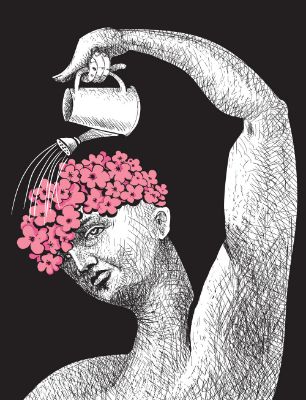
Why Is Art Important For Kids?
Art is important for kids because it is a powerful catalyst for holistic development and nurtures essential skills and qualities beyond the immediate benefits. Here are some key reasons why art is crucial for children’s development:
- Creativity and Innovation: Art encourages children to think outside the box, explore unconventional ideas, and develop unique perspectives. By fostering creativity, art cultivates an innovative mindset that can benefit children in all areas of their lives. It promotes a willingness to take risks, experiment, and embrace new possibilities, crucial qualities for future problem-solving and adaptability.
- Sensory and Perceptual Development: Engaging with different art materials and mediums stimulates children’s senses, promoting their sensory and perceptual development. Kids refine their sensory skills, spatial awareness, and visual perception by touching, manipulating, and observing various textures, colors, and shapes, leading to a deeper understanding of the world around them.
- Self-Reflection and Self-Discovery: Art provides a unique platform for children to explore their inner thoughts, feelings, and identity. Kids gain insights into their emotions, values, and beliefs by engaging in creative activities. Artistic expression allows them to develop self-awareness, reflect on their experiences, and discover their authentic selves, fostering a strong sense of identity and self-confidence.
- Resilience and Persistence: Art involves a process of trial and error, experimentation, and revision. Children learn that mistakes and setbacks are a natural part of the artistic journey, and they develop resilience and persistence as they navigate challenges. Art teaches them to embrace failure as a stepping stone towards growth and improvement, instilling a resilient mindset that can be applied to various aspects of their lives.
- Non-Verbal Communication and Language Development: Art provides an alternative mode of communication for children who may struggle with verbal expression. Kids can communicate their thoughts, ideas, and emotions through visual arts without relying solely on words. This enhances their ability to convey meaning, interpret visual cues, and develop a nuanced understanding of non-verbal communication, supporting their language development and comprehension.
- Aesthetic Appreciation and Cultural Enrichment: Engaging with art exposes children to diverse forms of artistic expression, cultural traditions, and aesthetic experiences. By appreciating art from different cultures and periods, kids develop a broader understanding of the world, its history, and its rich tapestry of artistic heritage. This cultivates a sense of cultural appreciation, empathy, and global citizenship, contributing to their overall cultural enrichment and awareness.
What Are The 7 Benefits Of Art?
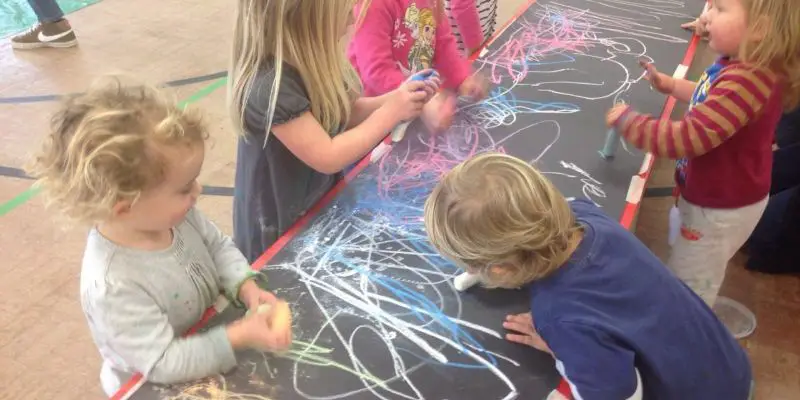
Engaging in art offers many benefits that positively impact individuals of all ages. Here are seven key benefits of art:
- Creativity and Imagination: Art encourages the exploration of new ideas and the development of imaginative thinking, allowing individuals to express their unique perspectives and create original works.
- Emotional Expression and Healing: Art provides a non-verbal outlet for emotional expression, enabling individuals to convey complex emotions, process trauma, and find solace and healing through the creative process.
- Cognitive Development: Engaging with art stimulates critical thinking, problem-solving, and decision-making skills, enhancing memory retention and promoting overall cognitive growth.
- Stress Reduction and Mental Well-being: Creating art offers a therapeutic experience that reduces stress, anxiety, and depression, promoting relaxation, mindfulness, and overall well-being.
- Communication and Social Skills: Art is a powerful form of communication, enabling individuals to express themselves visually and non-verbally. It promotes self-confidence in sharing ideas and perspectives, fosters collaboration, teamwork, and empathy in group projects, and facilitates community involvement.
- Cultural Appreciation and Diversity: Art exposes individuals to diverse cultural perspectives, traditions, and artistic styles, fostering cultural appreciation, empathy, and respect for different experiences. It promotes cross-cultural understanding and celebrates human diversity.
- Personal Growth and Self-Reflection: Engaging in art encourages personal growth, self-reflection, and self-expression. It provides a platform for self-exploration, deepening self-awareness, boosting confidence, and facilitating a deeper understanding of one’s identity and values.
What Is Art Therapy For Kids? – Step-By-Step Guide
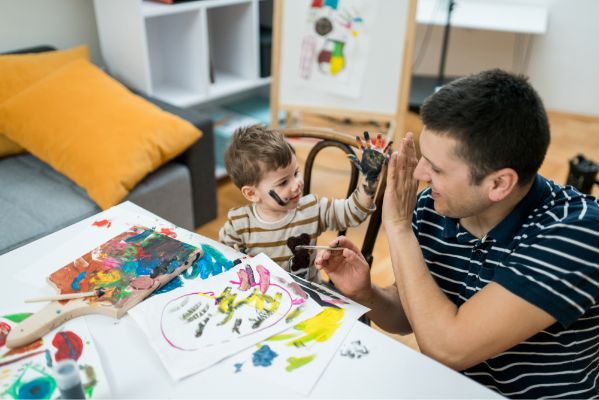
Art allows children to express themselves visually and creatively, providing a safe space to explore their thoughts, feelings, and experiences. Here is a step-by-step guide to understanding art therapy for kids:
Step 1: Establishing a Safe Environment
The art therapist creates a safe, non-judgmental space where the child feels comfortable and supported. This includes setting up a dedicated art therapy room or space with art materials readily available.
Step 2: Initial Assessment
The art therapist conducts an initial assessment to understand the child’s unique needs, challenges, and goals. They may gather information through interviews, observations, and art-based assessments.
Step 3: Art-Making
The child engages in the art-making process using various art materials, such as paints, clay, markers, or collage materials. The therapist encourages the child to freely express themselves visually, without the pressure of creating a specific outcome.
Step 4: Symbolic Expression
The art therapist, Symbolic Expression, guides the child to explore the symbolic meanings behind their art. They help the child interpret their artwork, encouraging them to reflect on the colors, shapes, and images they have created and how they relate to their thoughts and emotions.
Step 5: Verbal Processing
The art therapist facilitates a discussion with the child, allowing them to verbalize their thoughts, feelings, and experiences related to the art they have created. The therapist listens attentively, offering support, validation, and gentle guidance as needed.
Step 6: Emotional Exploration and Integration
Through the art-making process and discussions, the child begins to explore and process their emotions, gaining insight and understanding. The therapist helps the child integrate these emotions, facilitating healing and personal growth.
Step 7: Goal Setting and Progress
Tracking The art therapist collaborates with the child to set therapeutic goals based on their needs. They track the child’s progress, adjusting interventions and art-based activities accordingly.
Step 8: Closure and Reflection
The therapist facilitates reflection and closure discussions as the art therapy sessions close. The child can reflect on their journey, express their thoughts or emotions, and celebrate their growth and achievements.
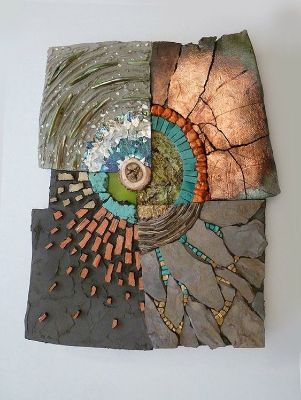
Puppets and Puppet Show: Design and create puppets, then put on a puppet show with friends or family. This imaginative activity encourages storytelling and social interaction and boosts creativity.
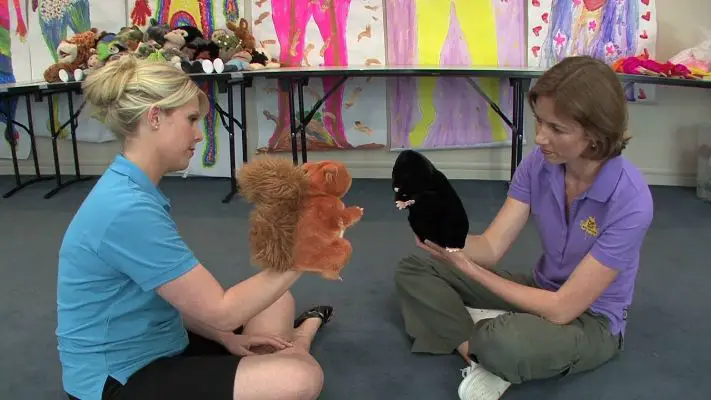
Kaleidoscope Art: Use mirrors, colorful paper, and light to create kaleidoscopic art. This project stimulates visual exploration, provides a sense of wonder, and encourages mindfulness.

Sensory Art Bottles: Fill clear bottles with various materials, such as glitter, water, and beads, creating sensory art pieces. These bottles provide a soothing visual and tactile experience, promoting relaxation and focus.
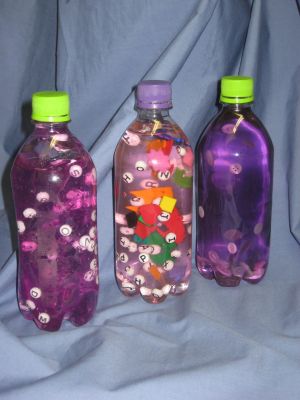
Paper Mache Masks: Make masks using paper mache, allowing children to create characters and explore different identities. This activity encourages self-expression and imaginative play.

Memory Boxes: Decorate boxes with cherished memories, keepsakes, or positive affirmations. This project promotes reflection and gratitude and serves as a tangible reminder of positive experiences.

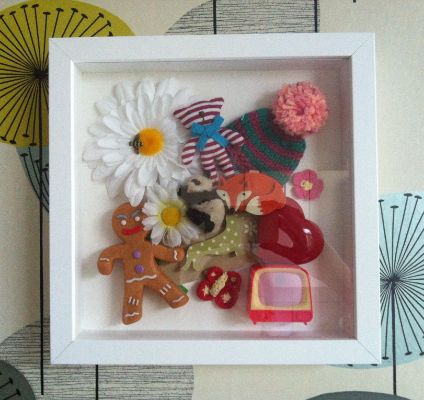
Tissue Paper Collage: Tear and layer tissue paper to create vibrant, textured collages. This process allows for sensory engagement and creative exploration and serves as a stress-relieving activity.

Zen Garden: Create a small zen garden using sand, stones, and miniature objects. Raking the sand and arranging the elements promotes relaxation, focus, and a sense of tranquility.

Painted Pebbles: Paint pebbles with uplifting images, patterns, or inspirational words. These painted pebbles can serve as portable reminders of positivity and encouragement.
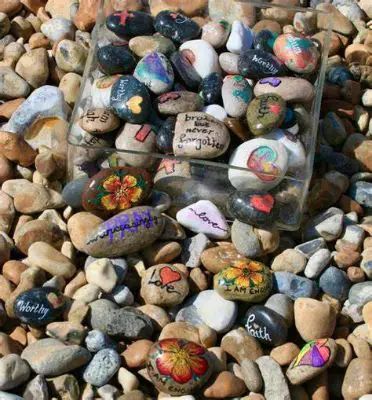
Texture Rubbings: Place textured objects like leaves, fabrics, or coins under the paper and rub them with crayons or pencils to create texture rubbings. This activity promotes sensory exploration, creativity, and fine motor skills.
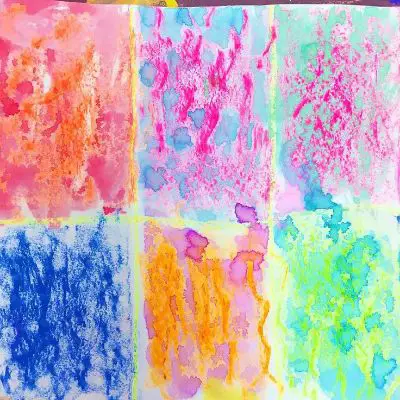
Dream Journal: Encourage children to keep a journal where they can draw or write about their dreams. This project promotes self-reflection, imagination and can serve as a tool for understanding emotions.
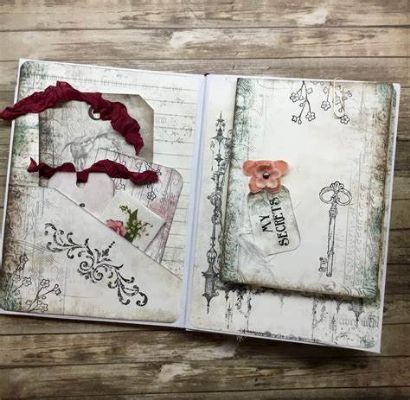
Friendship Collage: Create collages featuring images, words, and symbols representing friendship. This project encourages social connection, empathy, and gratitude for meaningful relationships.

Symmetrical Art:
- Fold a paper in half.
- Create a symmetrical design on one side.
- Unfold to reveal a mirror image.
This activity promotes focus and creativity and stimulates the brain’s aesthetic sense.
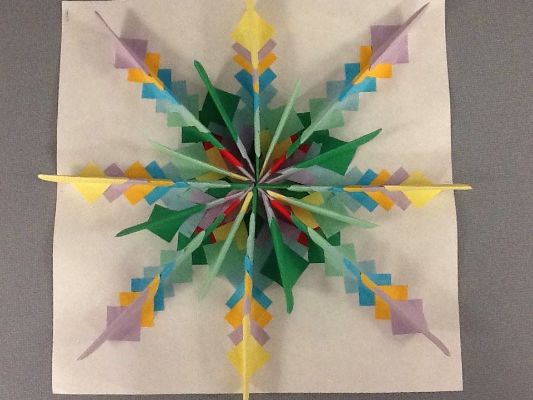
String Art: Use nails and colored string to create geometric patterns or images. This project encourages fine motor skills and concentration and provides a calming and rewarding activity.
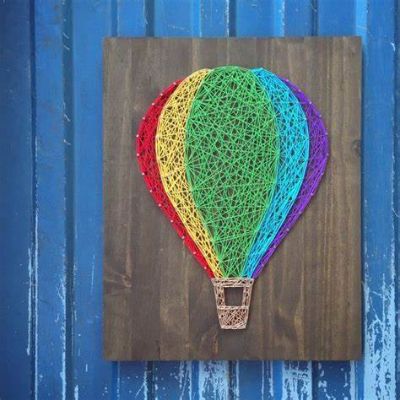
Mindful Photography: Teach children to take mindful photographs, capturing moments of beauty and significance. This practice encourages mindful observation, gratitude, and artistic expression.

Recycled Sculptures: Encourage children to create sculptures using recycled materials like cardboard, plastic bottles, or paper tubes. This activity promotes environmental consciousness, creativity, and resourcefulness.

Collaborative Storytelling Art: Create a large paper or canvas where children take turns adding illustrations to a collaborative story. This project fosters creativity and imagination and strengthens storytelling skills.
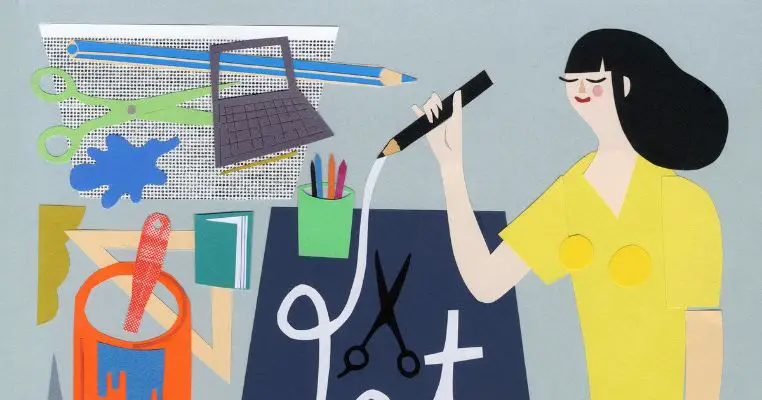
Rhythm and Drumming: Engage in rhythmic activities like drumming, using drums or makeshift percussion instruments. Drumming promotes self-expression, releases tension, and boosts mood through rhythmic engagement.

Conclusion
Engaging in art projects and creativity challenges can profoundly impact children’s mental health and well-being. These activities provide avenues for self-expression, emotional exploration, relaxation, and stress relief. Children can develop important skills such as creativity, problem-solving, and self-awareness by participating in art. Moreover, creating art allows children to express themselves freely, foster positive emotions, and build resilience. Encouraging children to explore these art projects can contribute to their overall mental health and nurture their artistic abilities for a lifetime.
